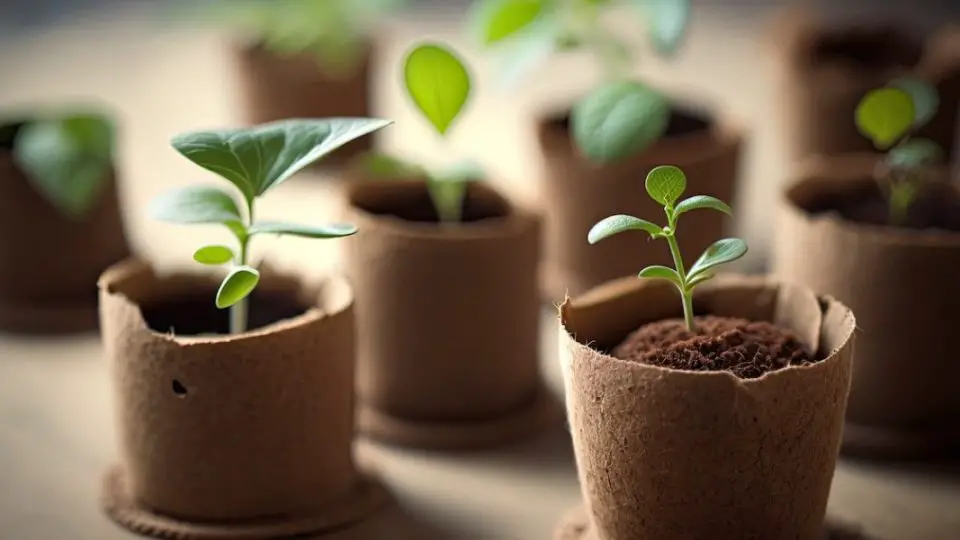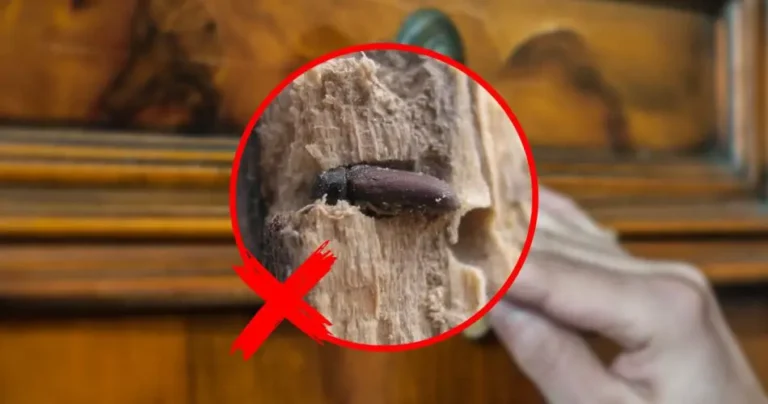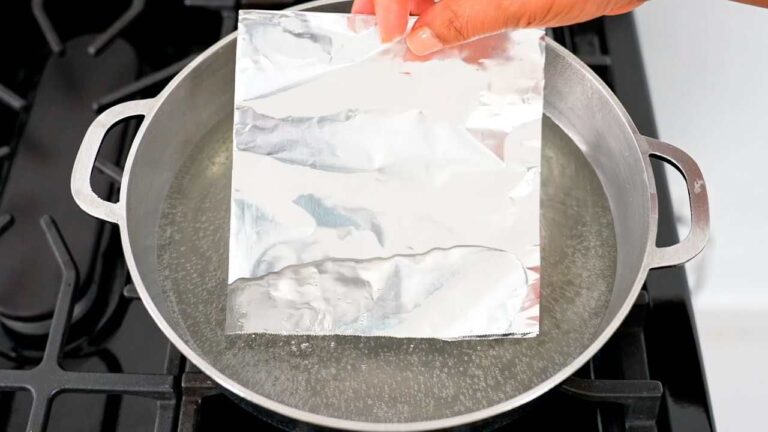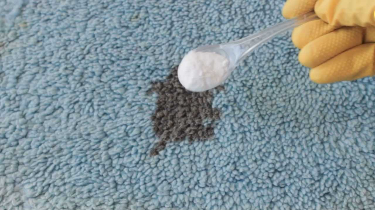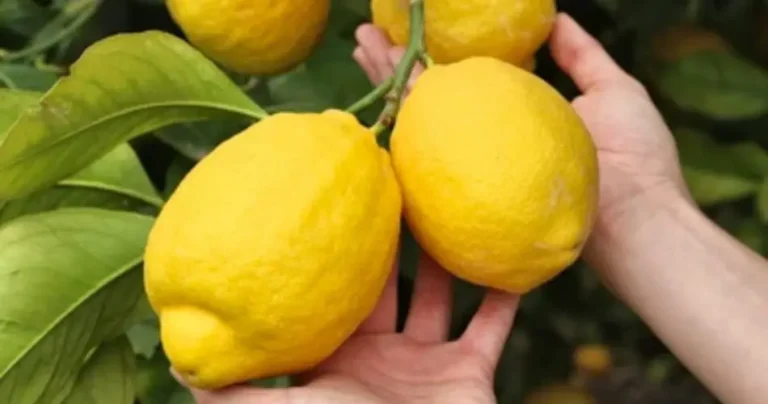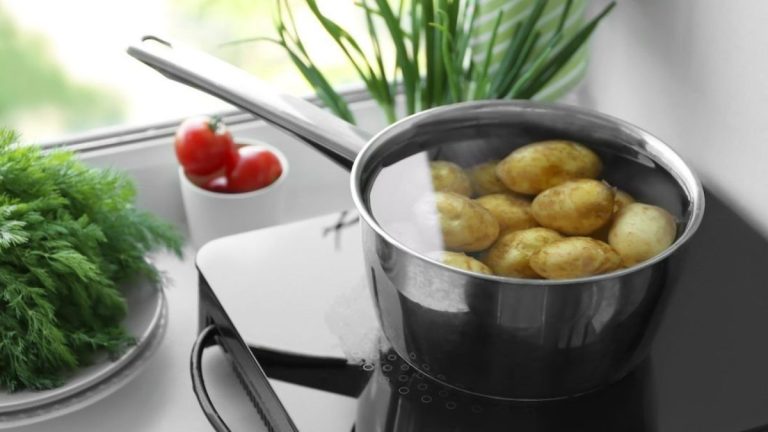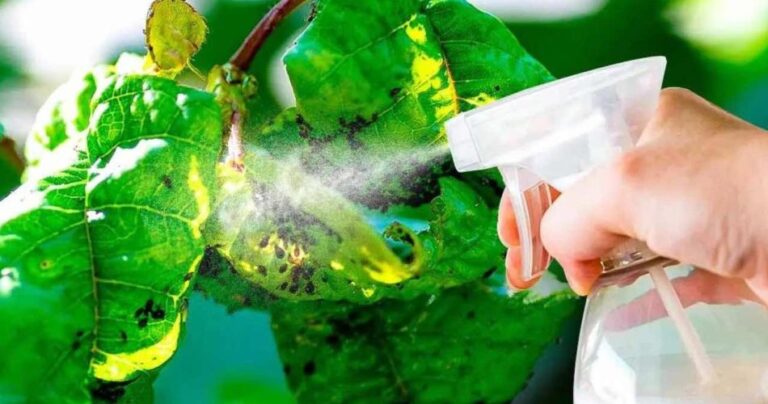Top 5 plants that grow in shade in your garden
Shady garden areas can seem like a challenge when it comes to choosing the right plants.
However, there are many plant species that not only tolerate shade, but thrive in it.
Here we will discover the top 5 shade-loving plants that will add color, texture and life to your garden.
Whether you have a large shaded space under a tree or a small shady spot near your home, these plants are perfect for brightening up your garden.
READ: Practical guide to successful olive tree pruning
1. Hostas: queens of the shade
Hostas, called banana lilies, are one of the most popular plants for shade gardens, and for good reason .
These perennials are extremely easy to grow and offer a wide variety of colors, shapes and textures. Their leaves can be green, blue-green, golden or marbled, with shapes ranging from heart-shaped to oval.
Hostas also produce graceful bell-shaped flowers in upright spikes above the foliage. The color of the flowers varies from white to lavender and amethyst. Hostas are also resistant to disease and pests, although they may be subject to slugs and snails. To keep these pests away, try planting hostas in a bed of gravel or surrounding them with crushed eggshells.
2. Ferns: A touch of lush green
Ferns are another great option for shade gardens.
These non-flowering plants add interesting texture and color to the garden with their graceful, arching fronds. Ferns have a lush, tropical look and combine well with other shade plants such as hostas or impatiens.
There are many species of ferns suitable for outdoor cultivation, some of which tolerate the cold better than others. The most common species are the male fern (Dryopteris filix-mas), the female fern (Athyrium filix-femina) and the fern fern (Osmunda regalis). Be sure to check the hardiness of the fern you choose before planting it in the garden. Ferns generally prefer moist, well-drained soil and protection from strong winds.
3. Hellebores: the stars of winter
Hellebores, or Christmas roses, are perennials that bloom in winter and early spring, offering a welcome pop of color in the colder months.
These tough, tough plants are perfect for shade gardens, as they prefer partial to full shade.
Hellebores come in a variety of colors, including white, pink, purple, green, and even black. The flowers have a delicate appearance and stand on upright stems above dark green, leathery foliage. Hellebores are also resistant to deer and rabbits, making them an excellent choice for gardens where these animals are present. Plant hellebores in groups for a dramatic, bright effect in your shade garden.
4. Impatiens: colorful and easy to grow flowers
Impatiens are annual flowers that thrive in shade and are extremely easy to grow.
They are available in a wide variety of colours, including pink, red, orange, white and purple. Impatiens are ideal for adding a pop of bright color to a shade garden and can be planted in flower beds, borders or in pots and planters.
Impatiens prefer moist but well-drained soil and partial to complete shade. They are also drought tolerant, making them perfect for low-maintenance gardens. To encourage abundant flowering, pinch the ends of the stems regularly to encourage branching and the production of new flowers.
5. Hydrangeas: Spectacular flowers for your shade garden
Hydrangeas are deciduous shrubs that produce spectacular flowers in the form of spheres or panicles.
Hydrangeas prefer partial shade, although they can tolerate direct sun if they are protected from strong winds and if the soil is sufficiently moist.
Hydrangea flower colors vary from white to pink, blue and purple, depending on the variety and soil pH. Blue- and pink-flowered varieties vary based on soil pH: acidic soils produce blue flowers, while the alkaline ones produce pink flowers. To obtain abundant flowering, prune hydrangeas at the end of winter or early spring, eliminating dead or damaged branches and cutting older stems.
There are many plants that thrive in shade and can add color, texture and life to your garden. Hostas, ferns, hellebores, impatiens and hydrangeas are some of the best choices for livening up a shade garden. Remember to consider your garden’s specific conditions, such as soil type and climate, when choosing plants for a shaded space. By selecting the right plants for your shade garden, you can create a lush, attractive landscape that will be enjoyed for many years to come.
